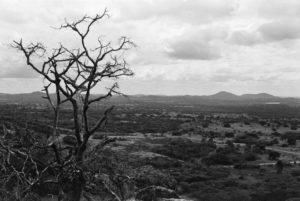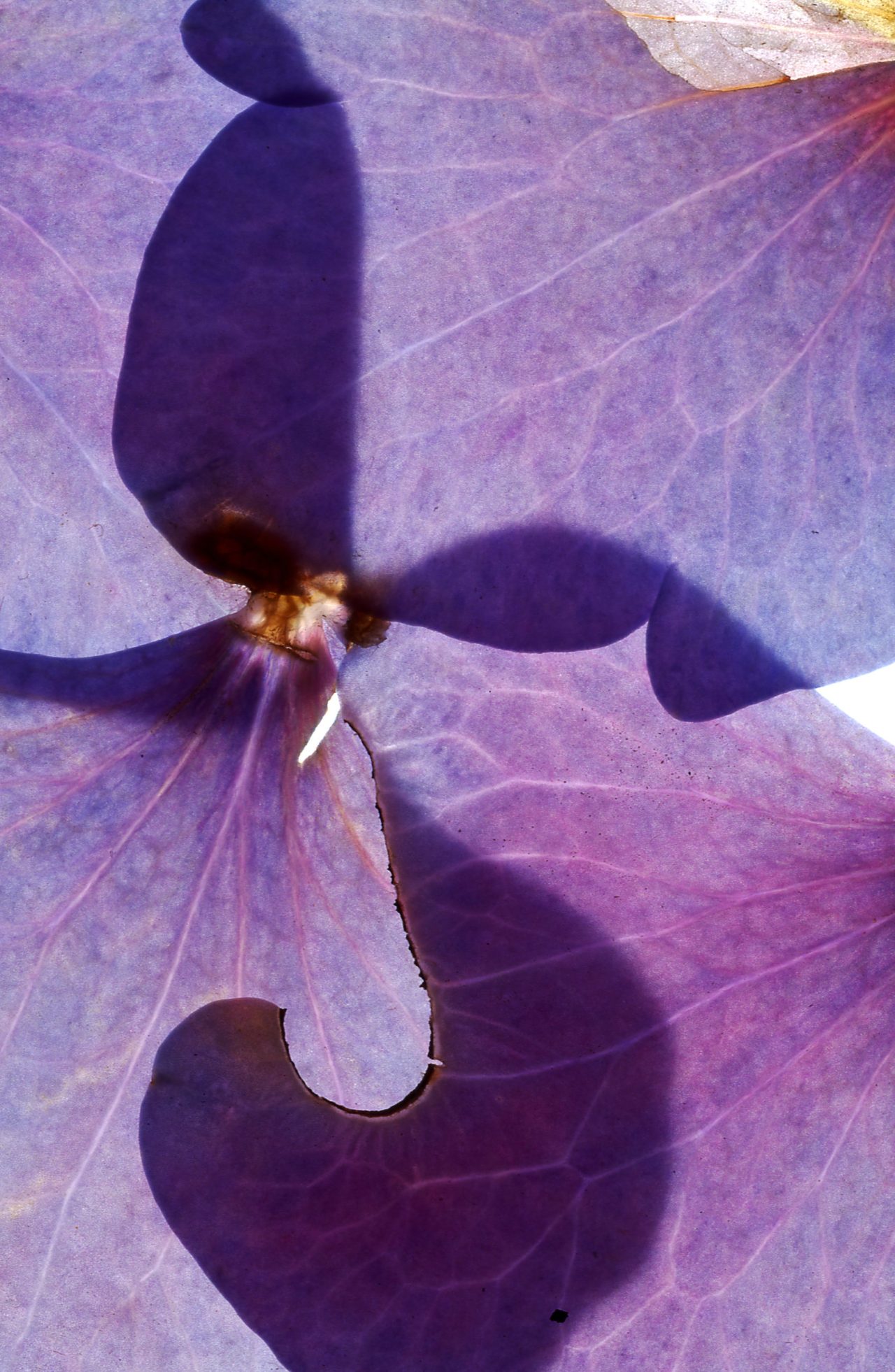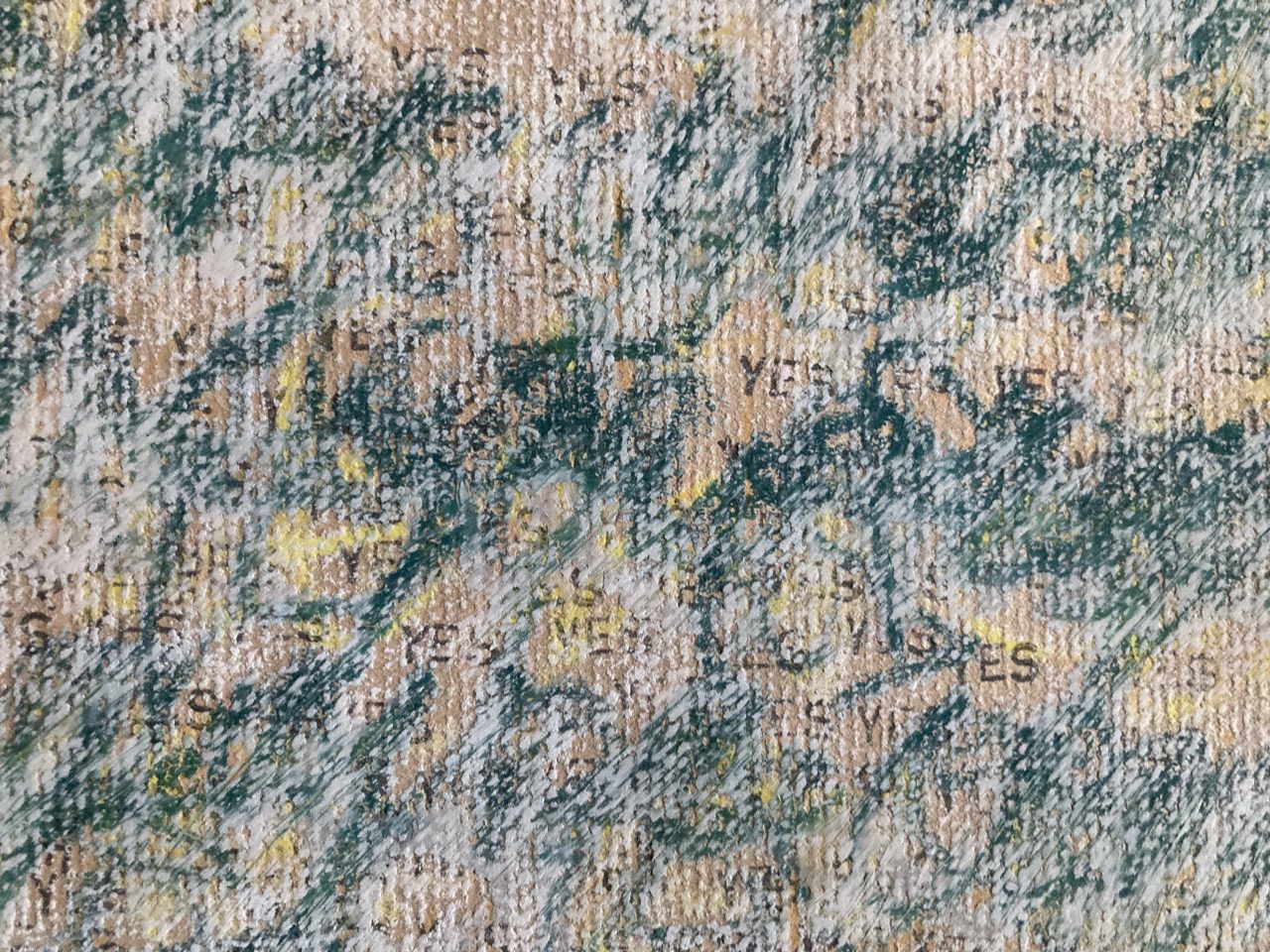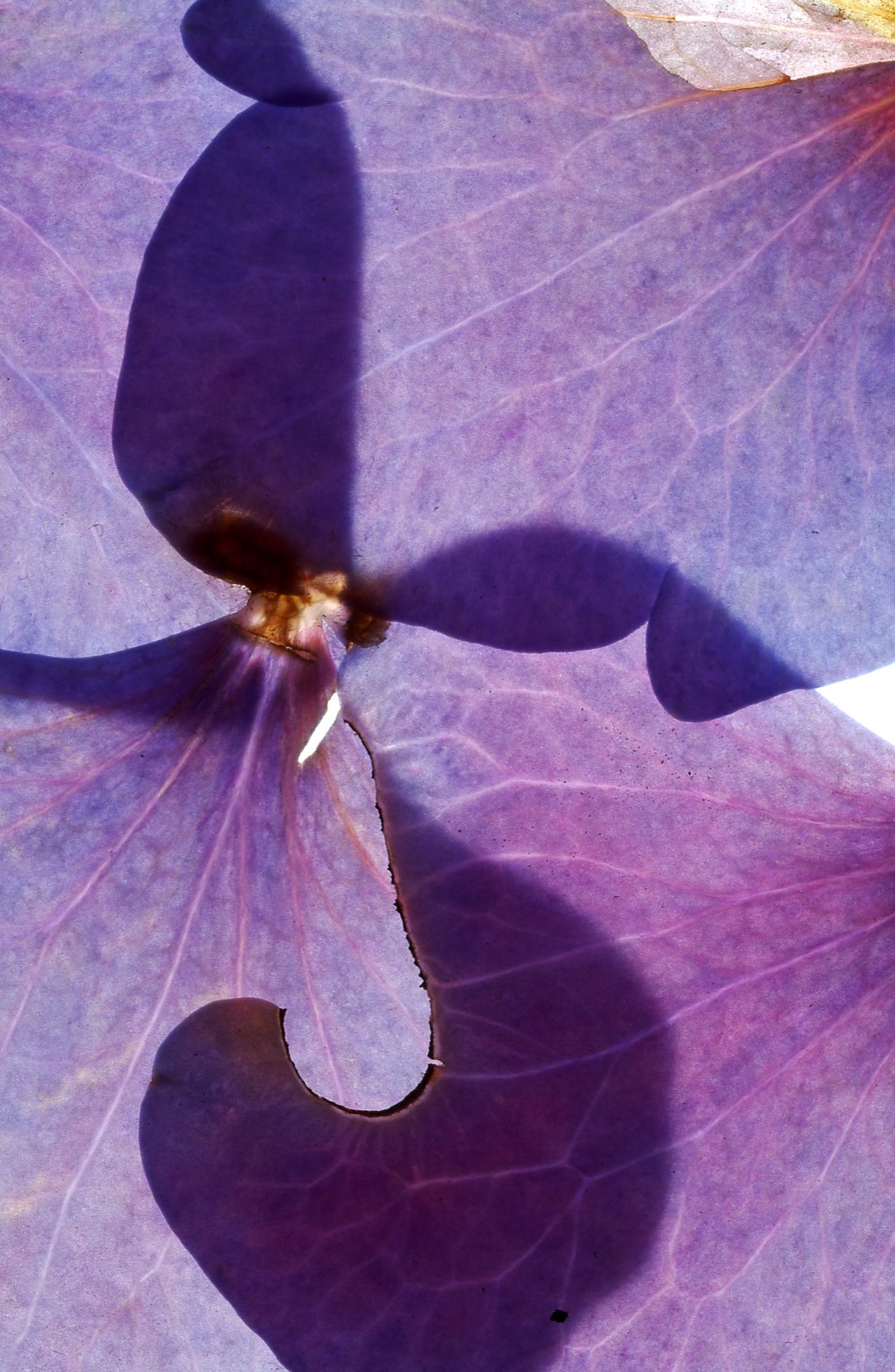06 Jan 2022
Works from the Collection: Laiwan’s African Notes
-
Laiwan
ArtistLAIWAN (b. 1961) is a cultural activist, interdisciplinary artist, writer and educator with a wide-ranging practice based in poetics and philosophy. Born in Zimbabwe of Chinese parents, her family immigrated to Canada in 1977 to leave the war in Rhodesia. In 1983, she graduated from Emily Carr College of Art and Design and founded the Or Gallery. She received an MFA from Simon Fraser University School for Contemporary Arts in 1999. Recipient of numerous awards, including the VIVA Award (2023), ECU Emily Award (2021), BC Arts Council (2021), Canada Council for the Arts (2020) and the Vancouver Queer Media Artist Award (2008), Laiwan serves on national and provincial arts juries and local community committees, recent membership included the Chinatown Legacy Stewardship Group and the City of Vancouver Public Art Committee. She exhibits regularly; curates projects in Canada, the US and Zimbabwe; and publishes in anthologies and journals. Her collection of poetry TENDER: selected poems (2020) is published by Talonbooks. Leading up to her project Distance of Distinct Vision (1992) and since then, Laiwan has been investigating colonialism toward a decoloniality. From 2000, she has engaged embodiment through performativity, audio, music, improvisation, with varieties of media, along with bodily and emotional intelligence, so as to unravel and engage presence. Recent public commissions have enabled her to focus on issues of urban development, touching on poetic and philosophic themes related to current questions of environment and the built cityscape of Vancouver. Based on the unceded territories of the Musqueam, Squamish and Tsleil-Waututh First Nations, Laiwan taught from 2001-22 at the MFA in Interdisciplinary Arts Program at Goddard College (VT/WA, USA) and currently works in the Department of Arts, Reconciliation and Culture at the Vancouver Park Board. www.laiwanette.netRead More
Laiwan
African Notes Parts 1 and 2, 1983/2020
3-channel 149 black and white Panatomic-X 35 mm slide projection and 1/4″ reel analogue audiotape transferred to digital, 15 m 22 s
Collection of the Morris and Helen Belkin Art Gallery, purchased with support from the Canada Council for the Arts and the Morris and Helen Belkin Foundation, 2021
African Notes Parts 1 and 2 are composed of photographs that Laiwan took on a trip home to her birthplace of Zimbabwe in 1982, two years after the country’s independence. Of its inception, Laiwan explains, “African Notes was made during my third year of art school. At this time, I joined my parents who were going back to visit Zimbabwe – which had been apartheid Rhodesia when I was born there. I had left Rhodesia for Canada in 1977, which was at the height of the war against the illegal government of white settlers who were running apartheid Rhodesia; Zimbabwe was liberated in 1980. In 1977 when I arrived in Canada, I wasn’t really prepared for what I’d encounter here, I was 15 years old. Between 1977 and 1982, I was still finding my way of what it is to be in this place called Canada, still trying to navigate what is unceded land. I didn’t even know what unceded land meant at that time, but I knew the colonial structures of my homeland and these questions were circulating within me. At this time, there was no discourse at art school around ideas of unceded land or this kind of alienation, of being on the outside of the hegemonic dominant structures of what is called Canada. My return to Great Zimbabwe in 1982 – the movement, the trip itself – is a re-commemoration of the indigeneity and the power of the Indigenous people of Zimbabwe, and it was made through African Notes.”
 Part 1: Feet of Clay of African Notes visually explores the site of Great Zimbabwe, where archaeological ruins trace the royal palace of the Kingdom of Zimbabwe built by the ancestors of the Indigenous Shona people. Part 2: In Tended Garden is located at the nearby Kyle Dam, known today as Lake Mutirikwi. The first projection is accompanied by a poetic text that expresses encounters with dreaming, as it variably expresses one’s desire for home, the illusions of colonialism and the waywardness of skygazing. African Notes introduced 35 mm slide dissolves into Laiwan’s practice. The technology presents images and text in motion, which supports the artist’s attention to the effects of migration and adaptation on consciousness.
Part 1: Feet of Clay of African Notes visually explores the site of Great Zimbabwe, where archaeological ruins trace the royal palace of the Kingdom of Zimbabwe built by the ancestors of the Indigenous Shona people. Part 2: In Tended Garden is located at the nearby Kyle Dam, known today as Lake Mutirikwi. The first projection is accompanied by a poetic text that expresses encounters with dreaming, as it variably expresses one’s desire for home, the illusions of colonialism and the waywardness of skygazing. African Notes introduced 35 mm slide dissolves into Laiwan’s practice. The technology presents images and text in motion, which supports the artist’s attention to the effects of migration and adaptation on consciousness.
 A book version of African Notes was made for the exhibition Small, Medium and Not Large: Books and Collages 1982 to Present at grunt gallery in 1996. It was an opportunity for the artist to re-examine the 35 mm slide dissolve project as still images and after having returned to Zimbabwe again between 1989 and 1992.
A book version of African Notes was made for the exhibition Small, Medium and Not Large: Books and Collages 1982 to Present at grunt gallery in 1996. It was an opportunity for the artist to re-examine the 35 mm slide dissolve project as still images and after having returned to Zimbabwe again between 1989 and 1992.
Listen to Laiwan and Melinda Mollineaux talk about their respective works, African Notes and Cadboro Bay, that were part of the exhibition Thought, outside curated by Amy Kazymerchyk (5 January-10 May 2020) at Western Front.
Over the course of Laiwan: Traces, Erasures, Resists, we will consider works from the Belkin’s permanent collection through the lens of the pandemic world around us, in particular through the words of the artist. Works from the Collection extends these works from the gallery space to the intimacy of the home; to see more of the Belkin’s collection, visit https://collection.belkin.ubc.ca.
Images (from top): African Notes installed at the Belkin as part of Laiwan: Traces, Erasures, Resists (7 January-10 April 2022). Photo: Rachel Topham Photgraphy; African Notes (details).
-
Laiwan
ArtistLAIWAN (b. 1961) is a cultural activist, interdisciplinary artist, writer and educator with a wide-ranging practice based in poetics and philosophy. Born in Zimbabwe of Chinese parents, her family immigrated to Canada in 1977 to leave the war in Rhodesia. In 1983, she graduated from Emily Carr College of Art and Design and founded the Or Gallery. She received an MFA from Simon Fraser University School for Contemporary Arts in 1999. Recipient of numerous awards, including the VIVA Award (2023), ECU Emily Award (2021), BC Arts Council (2021), Canada Council for the Arts (2020) and the Vancouver Queer Media Artist Award (2008), Laiwan serves on national and provincial arts juries and local community committees, recent membership included the Chinatown Legacy Stewardship Group and the City of Vancouver Public Art Committee. She exhibits regularly; curates projects in Canada, the US and Zimbabwe; and publishes in anthologies and journals. Her collection of poetry TENDER: selected poems (2020) is published by Talonbooks. Leading up to her project Distance of Distinct Vision (1992) and since then, Laiwan has been investigating colonialism toward a decoloniality. From 2000, she has engaged embodiment through performativity, audio, music, improvisation, with varieties of media, along with bodily and emotional intelligence, so as to unravel and engage presence. Recent public commissions have enabled her to focus on issues of urban development, touching on poetic and philosophic themes related to current questions of environment and the built cityscape of Vancouver. Based on the unceded territories of the Musqueam, Squamish and Tsleil-Waututh First Nations, Laiwan taught from 2001-22 at the MFA in Interdisciplinary Arts Program at Goddard College (VT/WA, USA) and currently works in the Department of Arts, Reconciliation and Culture at the Vancouver Park Board. www.laiwanette.netRead More
Related
-
Exhibition
7 Jan – 10 Apr 2022
Laiwan: Traces, Erasures, Resists

Laiwan: Traces, Erasures, Resists highlights the artist's attention to the material and symbolic vocabularies of print and lens-based media between 1980 and 2000 and features her early interventions into the logic of the book form and the ideology of historical and encyclopedic genres. Guest curated by Amy Kazymerchyk, the exhibition title references processes related to printmaking, while also speaking to the absent narratives, redacted perspectives and critical refusals that are latent in official publications.
[more] -
Exhibition
7 JAN – 10 APR 2022
Outdoor Screen: Laiwan

From January to April, the Belkin's Outdoor Screen sets a number of works in relation to one another, drawing associations between the exhibition Laiwan: Traces, Erasures, Resists in the gallery, the longterm artist's residency in the Outdoor Art program and the affinities to be found with research partners on campus.
[more] -
Event
Outside the Belkin: Laiwan

Over the course of her career, Laiwan has nurtured extended connections to many arts and community organizations across the city through her engagement with artist-run centres and her participation with queer, feminist, multicultural and visual art print publications. As a way of honouring and highlighting these relationships, the Belkin is cross-promoting events that Laiwan is engaged in across the city and more widely. This list is growing and changing; check often for updates.
[more] -
Tour
Tours: Laiwan: Traces, Erasures, Resists

Tours and discussions of Laiwan: Traces, Erasures, Resists can be arranged according to current COVID-19 safety protocols from Tuesday to Friday for groups and classes, lasting 50 minutes and longer. For more information, please contact Belkin Public Programs by email at belkin.tours@ubc.ca or by phone at (604) 822-5600.
[more] -
News
03 Mar 2021
Works from the Collection: Laiwan

Laiwan writes, "Begun in 1987 investigating the questions, What is an image? What is a photograph?, she who had scanned the flower of the world... is an ongoing project where I collect flowers from the city I am showing in, placing the petals into slide mounts."
[more] -
News
18 Jan 2022
Laiwan: Resources for Research

The following are resources related to the artists in Laiwan: Traces, Erasures, Resists. This list is not exhaustive, but rather comprised of suggested readings compiled by researchers at the Belkin. These readings are intended to provide additional context for the exhibition and act as springboards for further research or questions stemming from the exhibition, artist and works involved. Following the introduction, resources are arranged along the themes of traces, erases and resists as explored through and adjacently to Laiwan’s work. This compilation is an evolving and growing list, so check back in the future for more additions.
[more]